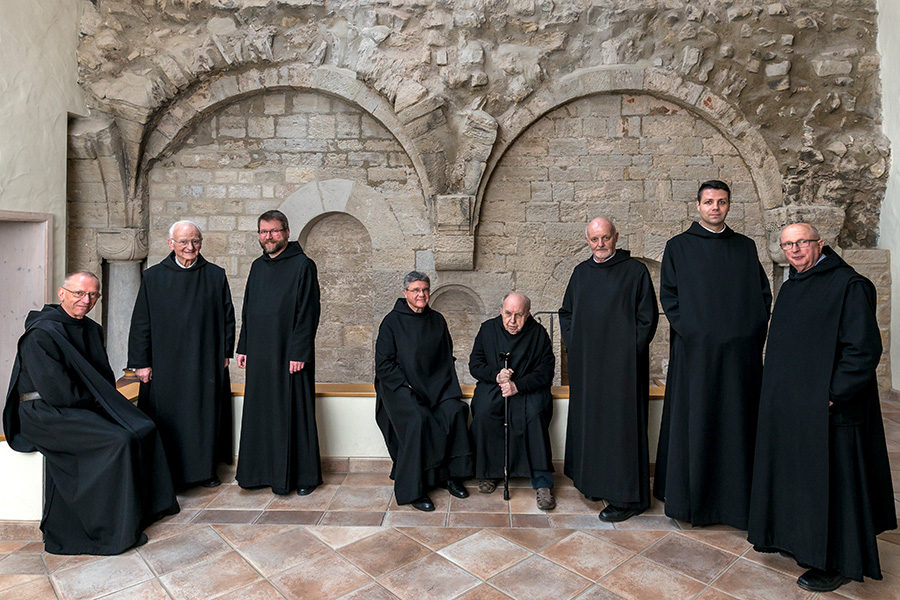Summer 2018 in the region of Saale-Unstrut celebrates the Romanesque heritage preserved in cathedrals, churches and monasteries – or the ruins thereof

Between AD 900 and 1250, some of the most beautiful ecclesiastical buildings were constructed in the Romanesque style. Characterised by its typical semi-circular arches over portals, windows, cross vaults, and porticos, the Romanesque sought to visualise the omnipotence of God and Emperor. Although Pan-European, the style was massively adopted in the Germany of the Ottonians and the Salians. Some of the more prominent Romanesque cathedrals and monasteries were built here as part of securing the frontier in Eastern Europe towards the pagan Slavs and Magyars. at the heart of this frontier was the Saale-Unstrut region, where several decisive battles were fought in the 10th century.
The Unstrut is a tributary river to the Saale and runs through the Thuringian Basin. These rivers form the boundaries of the wine-growing region of Saale-Unstrut, now mainly located in Saxony-Anhalt. A hilly and swampy frontier region between 10thcentury Germany and the invading Magyars, it became home to a number of abbeys founded by Henry I and his descendants, Otto I, II and III as well as members of the Salian dynasty. These monasteries came to invigorate the region through wine-growing, innovative agriculture as well as important centres of learning. These foundations continue to set their mark on the region; a few as still living monasteries, others as schools, institutions, or just as medieval ruined heritage.
In 1998, The ′Naumburg Cathedral and the surrounding cultural landscape along the rivers Saale and Unstrut′ were placed on the tentative list to be nominated as World Heritage by UNESCO. One of the arguments is that nowhere else in the world such a high density of monuments and cultural landscape elements from the High Middle Ages have been preserved in such a small space. The proposition was discussed at the 41st meeting in 2017 and referred to further revision. On 1st of February 2018, Germany submitted the revised nomination “Naumburg Cathedral”. According to the decision in Krakow 2017, however, the renewed submission for 2018 should limit itself to the Cathedral of Naumberg and surroundings. Nevertheless, local authorities continue to “market” the region as a Romanesque landscape, well worth a visit for the medievalist.
In 2018, a number of the monasteries in the region – Memleben together with Donndorf, Göllingen, Goseck, Helfta, Huysburg, Naumburg, Posa (Zeitz), Pforta, Reinsdorf (Nebra), Zscheiplitz – celebrate their medieval cultural heritage through a number of exhibitions and cultural programmes. Even two living monasteries have opened their ports this summer, the Cistercian convent of Helfta in Eisleben and the Benedictine monastery at Hoysburg.
Places to visit
-
Map of monasteries in Saale-Unstrut © Kloster & Welt 2018 Kloster Donndorf c. 1250
- Göllingen c. 992
- Kloster Goseck c. 800
- Kloster Helfta 1229
- Kloster Huysburg (c. 790) c. 977
- Kloster Memleben (c. 786) c. 900
- Kloster Naumburg c. 1046
- Kloster Posa 1114
- Kloster Pforta 1131
- Kloster Reinsdorf 1135
- Kloster Freyburg c. 1041
Partner to the exhibitions and calendar of events is the “Festival Montalbâne”.
PROGRAMME:
The post Monasteries in the Region of Saale and Unstrut 2018 appeared first on Medieval Histories.
Powered by WPeMatico